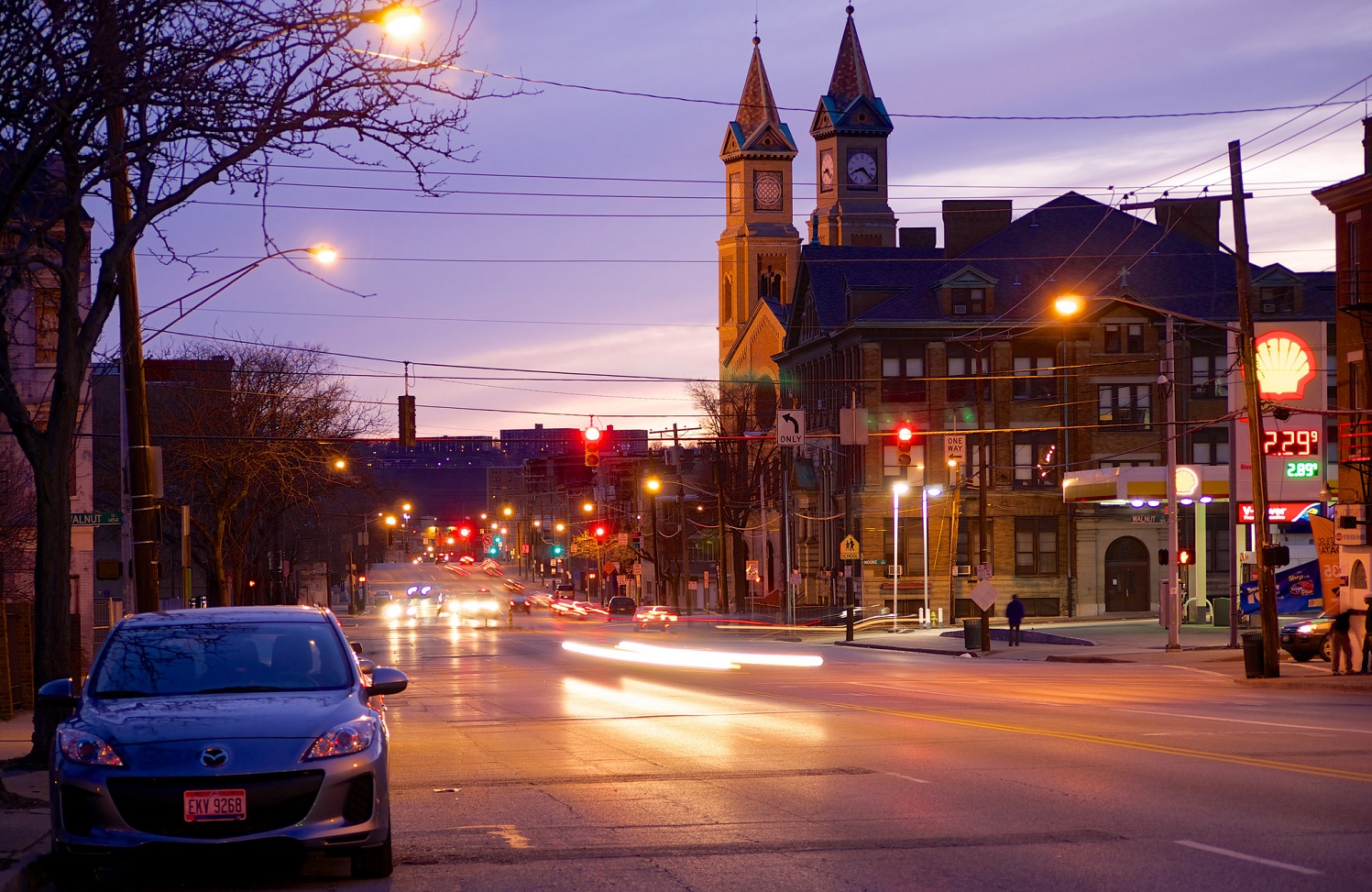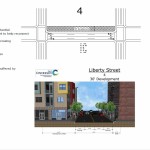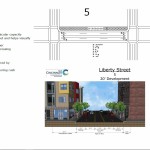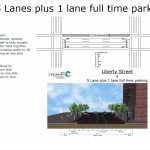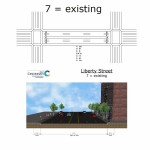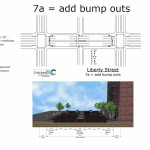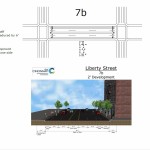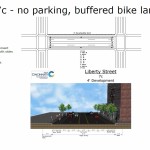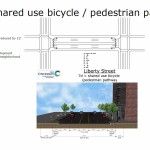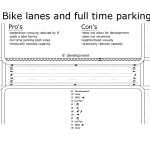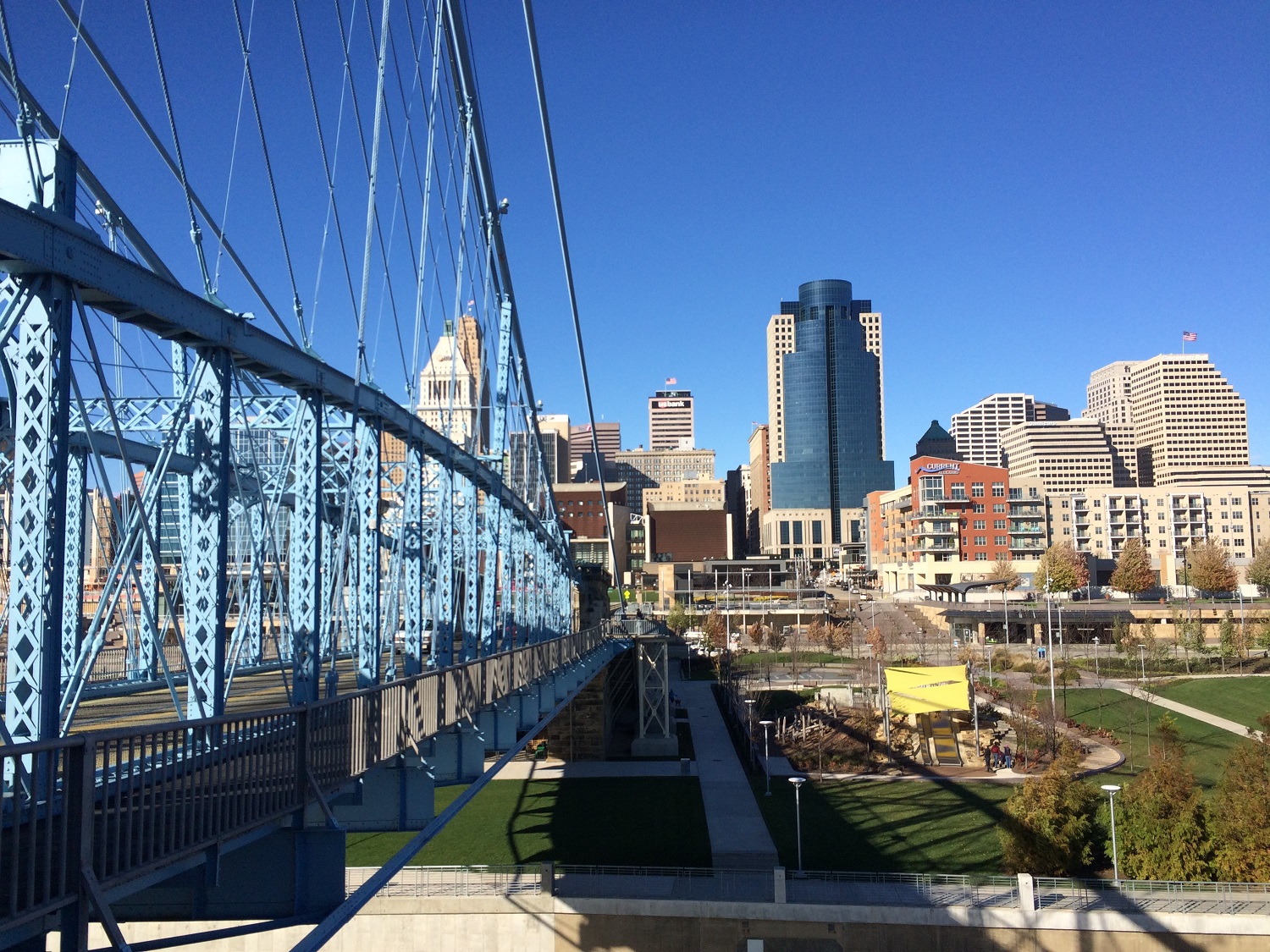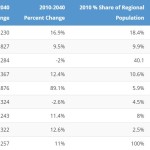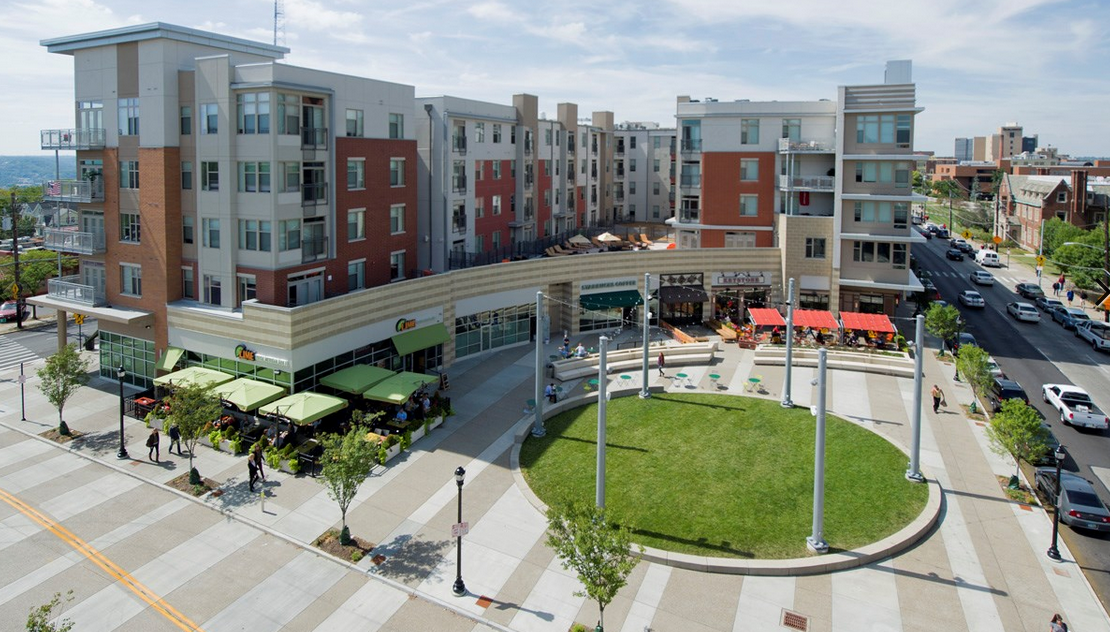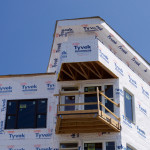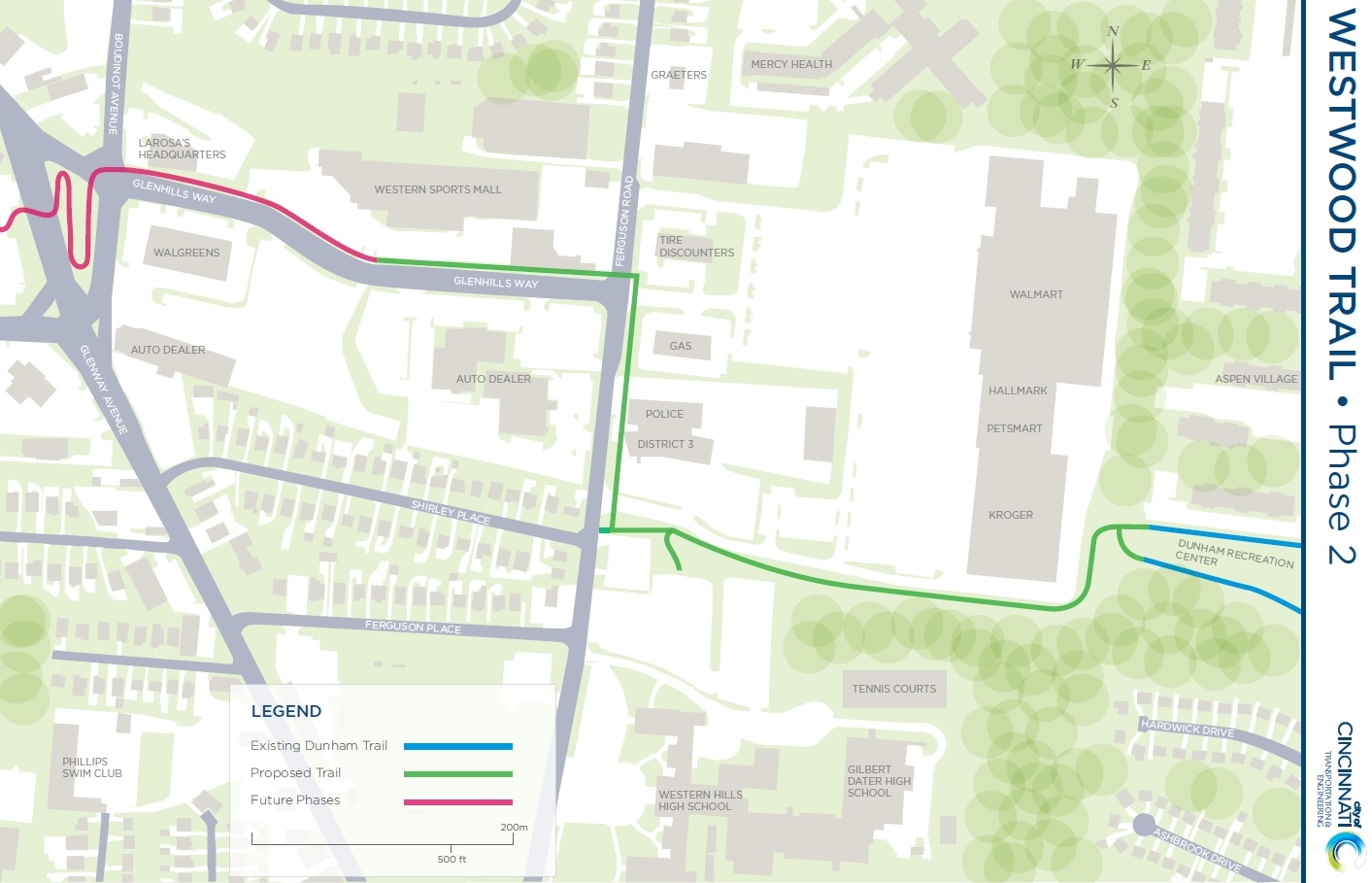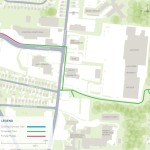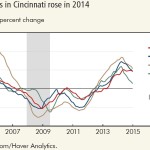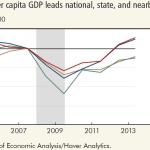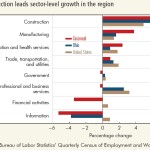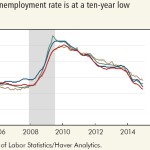Following a public meeting at the Woodward Theater on November 18, Cincinnati’s Department of Transportation and Engineering is asking for feedback on the latest proposed alternatives to potentially narrowing the seven-lane, 70-foot-wide road corridor.
At the meeting, City staff provided drawings for seven alternatives to the existing design. Drawings included configurations for two-, four- and seven-lane configurations of the street, along with commentary on the pros and cons of each.
The two- and four-lane configurations would give a certain amount of space back to property owners along the south side of the street, thus increasing the development potential of some corner lots. Only a few of the seven-lane configurations included bicycle lanes on each side of the street, while others sacrificed some on-street parking to make way for bike lanes.
At the public meeting, neighborhood residents raised concern about the impact of through traffic and trucks on the street. In particular, the concern was that the street is too wide and acts as a barrier for pedestrians.
The Over-the-Rhine Brewery District, which has been the leading group pushing for this project, asked at the public meeting why the reconfiguration developed as part of their Master Plan was not included. After some consideration, City Hall has since added an alternative based on the Brewery District’s concept that included a three-lane road configuration with protected bike lanes on each side.
The proposed narrowing of Liberty Street, which was originally built as a 25-foot-wide neighborhood street, is seen by many as an opportunity to bridge the physical and psychological divide between the northern and southern portions of Over-the-Rhine.
“Minimizing the number of lanes on Liberty Street is important so the neighborhood can take over the streets,” Jean-Francois Flechet, owner of Taste of Belgium, commented after the public meeting. “I think it is important to have development on the south side, but we should also accommodate bicycles.”
Allowing for new development, while also accommodating bicycles and preserving on-street parking seems to be the biggest challenge currently facing the project. At some point, one of the items will have to give.
“I bike on Liberty Street, but I bike everywhere, and the majority of people would not find this comfortable,” Flechet continued. “I have never done it during rush hour, and I cannot imagine this would be any fun.”
City officials are accepting public comment on the various alternatives until Wednesday, December 16. The city has posted the alternatives and a public feedback form has been posted on their website. Once the public comment period is closed, City staff says they will narrow the number of alternatives down to two, and recommend one to proceed to final design.
There is currently no funding identified to implement any of the alternatives, but City officials hope to secure the necessary funds at a later date.
